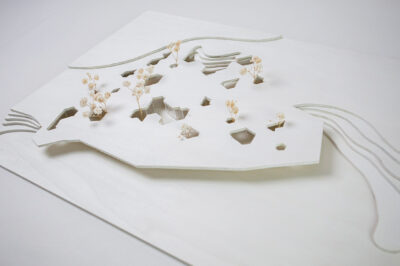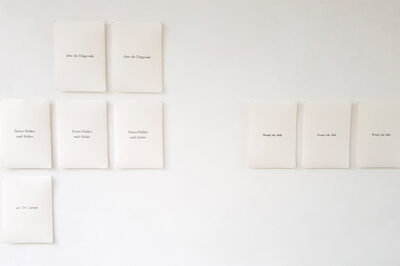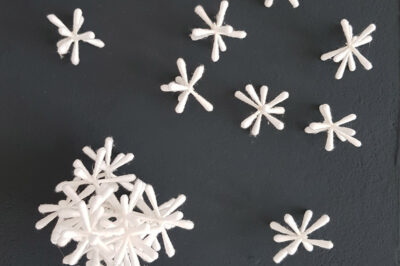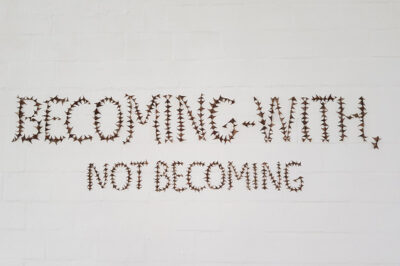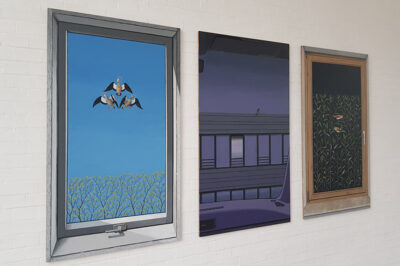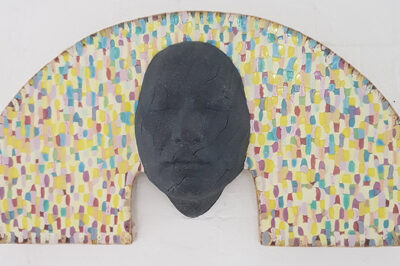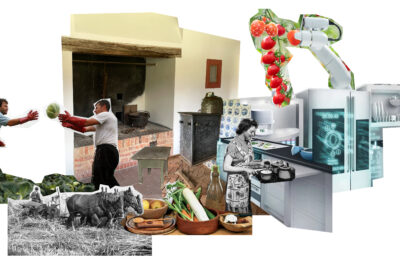Drawing is a complex notation. People who draw, document: the time which passes while drawing. The emotions which fill the drawer, the physical status of the drawer. Thinking about the object which is being drawn. Giving the object its outer form and inner constitution. The relationship of the drawer to the object. The drawer’s needs and expectations from his/her public . In addition to langauge, drawing is a basic tool of artistic self-comprehension in Communication Design. Those who draw must pause and reflect on their creations. Drawing with a fountain pen is a beautiful example: after several seconds the pen is empty and lifts off the page, the gaze goes to the glass with the ink, the pen is refilled, the gaze returns to the paper and searches for a new starting point, from where it continues. Even if it only concerns a few moments, decisions are taken on the completion of the form. To be able to draw, we must be able to see. We must be aware of the fundamentals of our perception, we must train and sharpen our perception, and this occurs in the reflective, practical drawing work, i.e. in a dialectic relatedness of graphic design and linguistic analysis. Additionally, in the studies of „Visual Fundamentals and Graphic Design“ the sign and its analysis should be considered together with the other fields of Communication Design. The knowledge of digital image processing gained in the basic courses in increased and tried out in practical exercises. As a rule, this means creating individual, small publications with the work done during the term. This includes a knowledge of the quality requirements of different printing techniques (offset, digital, silk-screen etc.), initially professional scanning of templates/documents, post-processing with Photoshop and then layouting in InDesign. An illustration should throw light on the object, it should make it light up so that its being or essence can be better shown. An illustration develops its own effect in a context which is narrower than a free drawing. The theme wants to be considered, but also the form of publication plays a significant role. What distinguishes an illustration in a daily newspaper from an illustration published in a children’s book? What distinguishes an illustration in digital media from one on a posterboard at the side of the road? Here, the link of graphic design to the other fields of CoDe becomes a central theme: the strategies of media which use images are different, and in the studies of „Visual Fundamentals and Graphic Design“, such strategies are analysed and tried out using illustration as an example. The aim of the studies is to research new fields of work, to train creative thinking and technical abilities, to help students to find a personal, graphical form of expression of how intellectual and emotional content can be communicated by means of graphic design. This process should be set in motion during the studies, it never ends, it enables us to experience a wonderful paradox, namely to be able to surprise ourselves according to plan. Ideally, via or in conjunction with such an artistic practice, an attitude is created which is outwardly visible as a style.
Questions?
Prof. Markus Huber Tel. 0431 – 5198-485, markushuber@muthesius.de
















